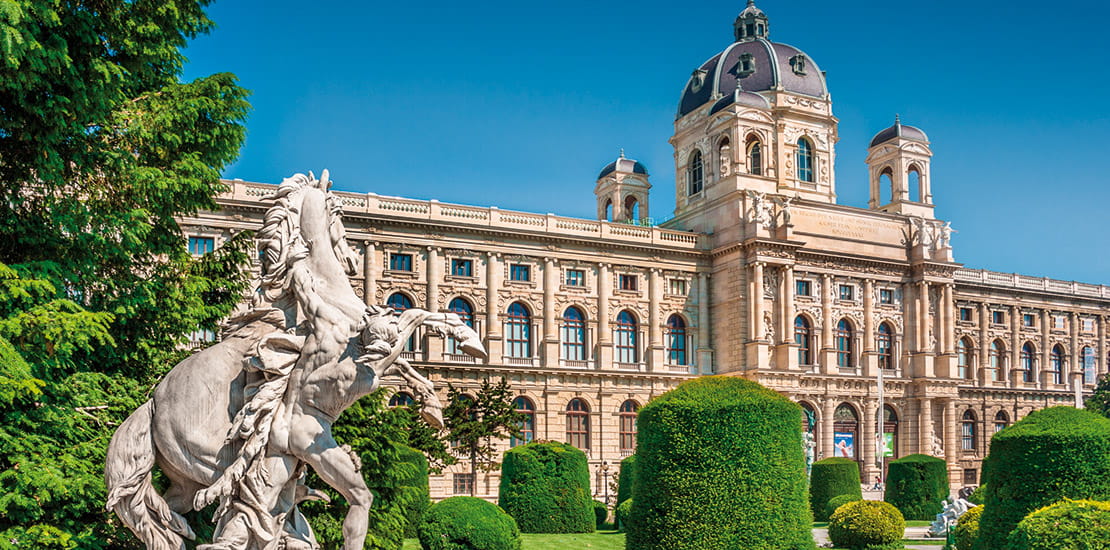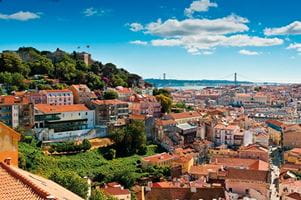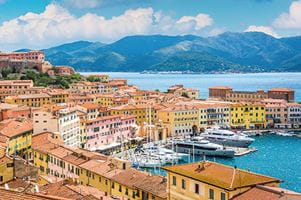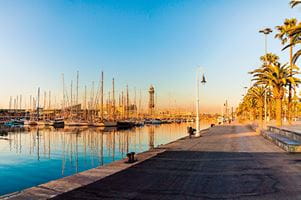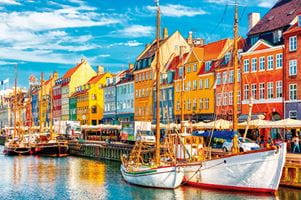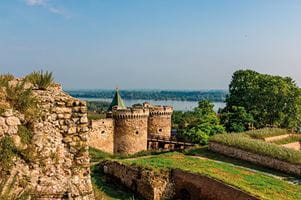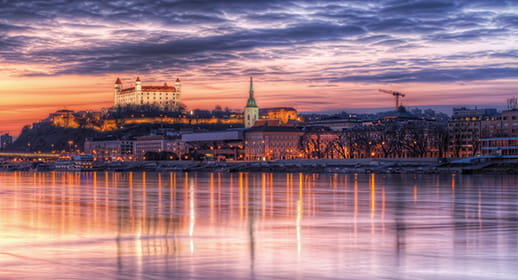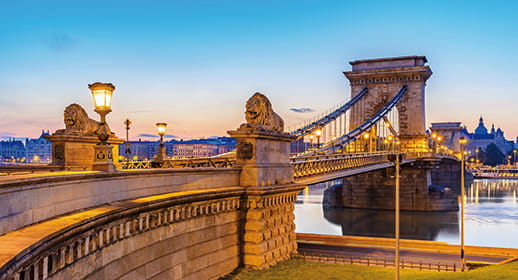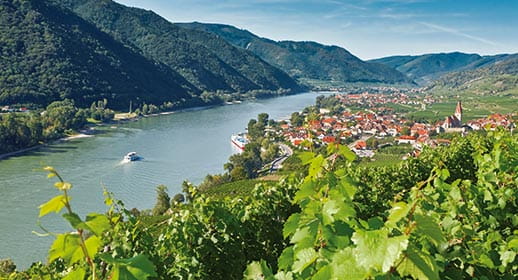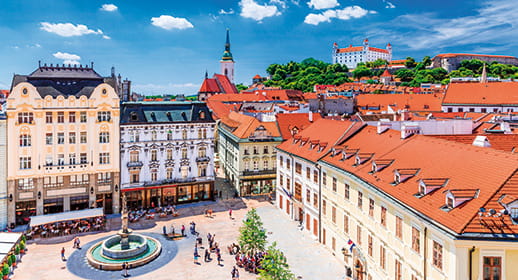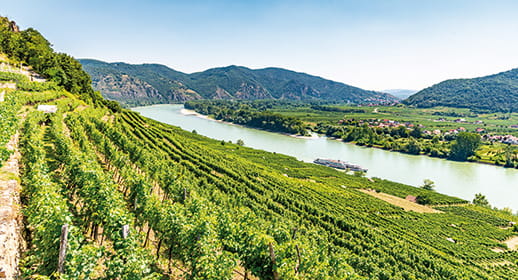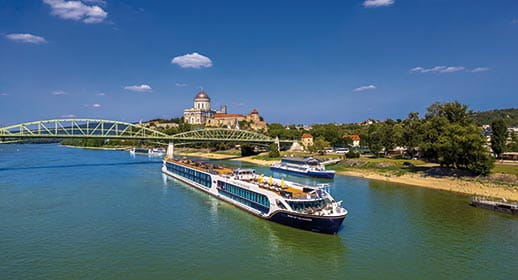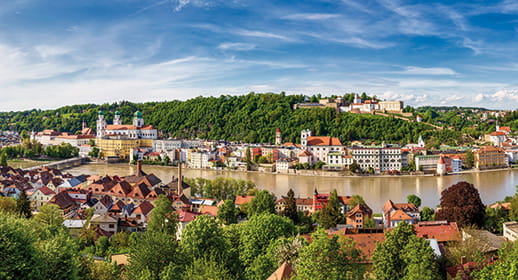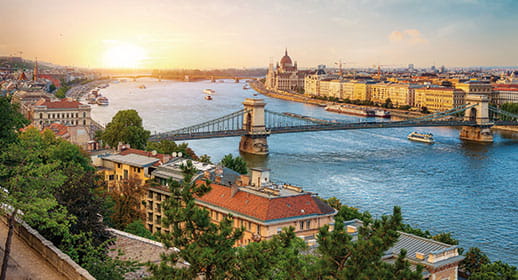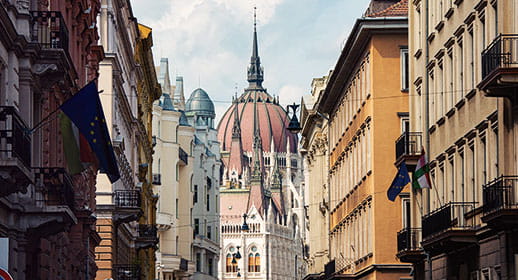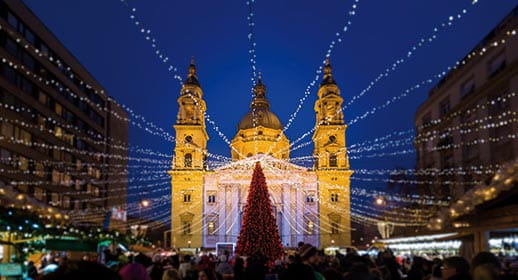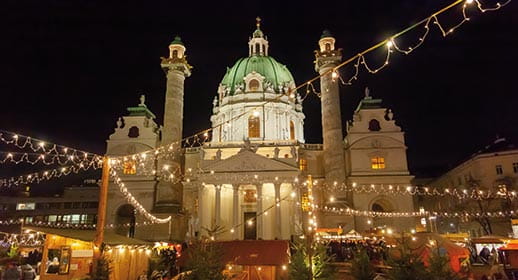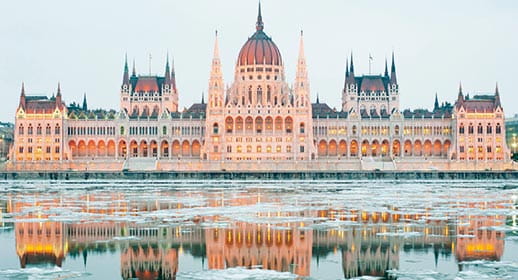Destinations
Vienna Travel Guide
Our all-inclusive river cruises visit a range of stunning destinations, but Vienna is a guest-favourite. Known for its beautiful architecture, Vienna is home to so many grand buildings. From magnificent palaces where Austrian emperors have been born, to cathedrals that have stood tall for almost 1000 years, Vienna is truly one of a kind.
And while its architecture isn’t something to be missed, Vienna has so much more to offer. Its food markets, history, opera and nature are just a few of the city’s standout attractions. Read on to discover how you can make the most of a visit to Vienna on your next Danube river cruise.
When’s the best time to visit Vienna?
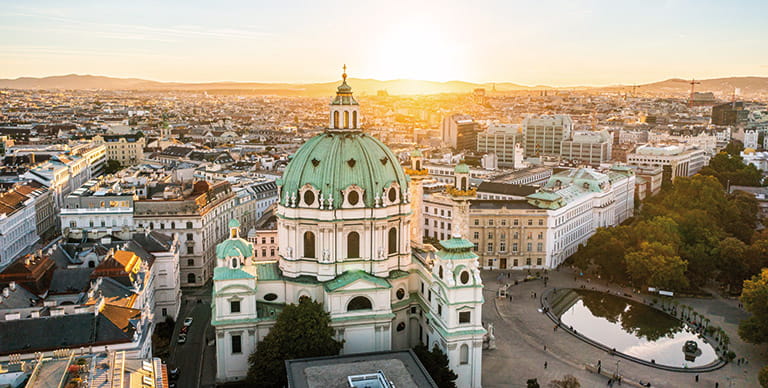
You can enjoy Vienna all year round, with something special about every season. In spring and summer, you can enjoy mild weather and a sociable atmosphere, allowing you to make the most of the cafe culture. Vienna is also one of the greenest cities in the world, so the parks and green spaces will be in bloom too, perfect for unwinding in the fresh air.
Alternatively, you could visit Vienna in autumn, when the same foliage turns golden and the streets are quieter. This means shorter queues for main attractions, including Vienna’s museums. You can also explore the city under twinkling Christmas lights and discover the traditional charm of its Christmas markets aboard one of our Christmas river cruises along the Danube.
The best things to do in Vienna?
Aboard all our river cruises, you can look forward to embarking on a number of exciting included and optional excursions, as well as enjoy plenty of time to explore independently. Discover some of Vienna’s top attractions:
Hofburg Palace
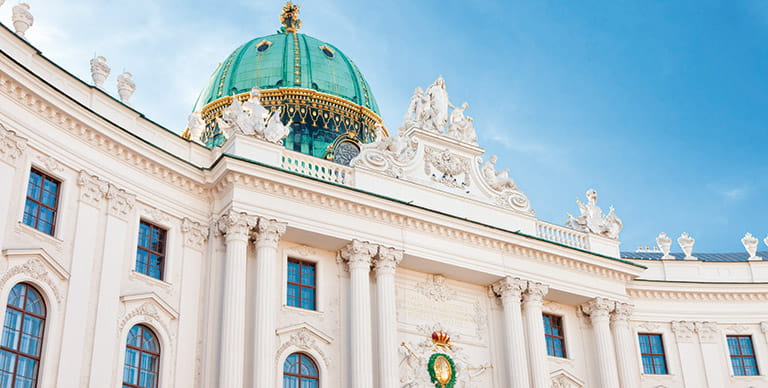
The Hofburg palace is the former imperial palace of the Habsburg dynasty. Built in the 13th century, it served as the imperial winter residence and has been the official residence of the president of Austria. The Palace sits within one of the biggest palace complexes in the world. Here, you can discover richly decorated apartments, the Palace’s sparkling silver collection and its lavish, aristocratic history. You can also learn about the unconventional life of Empress Elizabeth in the Sisi Museum.
Schönbrunn Palace and zoo
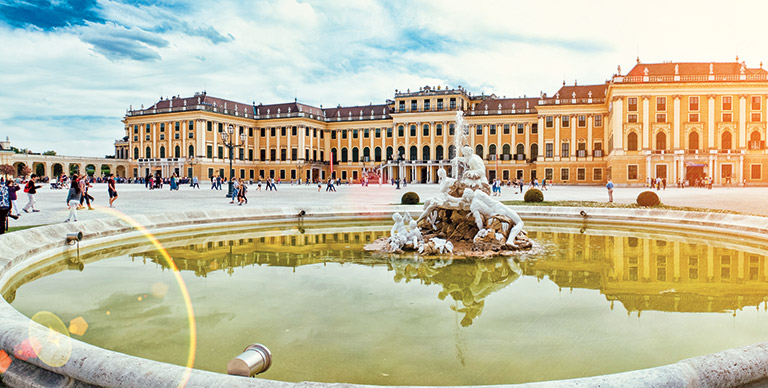
While the Hofburg palace was the imperial winter residence, Schönbrunn was the main summer residence of the Hapsburg rulers. This Baroque palace is one of the most important architectural, cultural and historic monuments in Austria, having reflected the tastes of monarchs for over 300 years. Because of this significance, Schönbrunn Palace is a UNESCO World Heritage Site. While visiting the Palace, you can explore the staterooms, garden maze, carriage museum and even a zoo.
St Stephen’s Cathedral
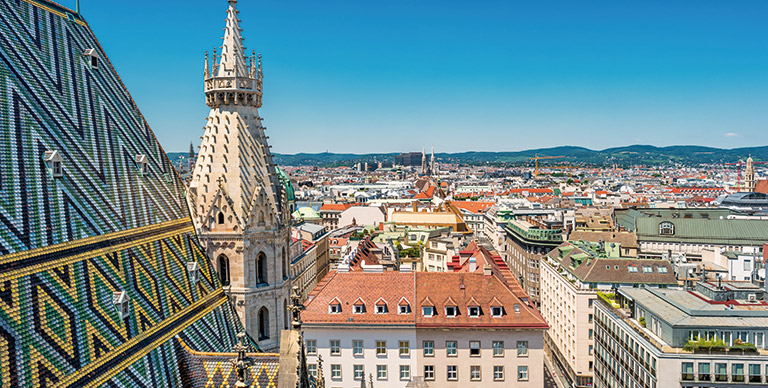
At 136 metres high, St Stephen’s Cathedral is the tallest church in the country and is at the very centre of Vienna. It is also Austria’s most important Gothic building, having begun its construction in the 12th century, though centuries of redesign have given St Stephen’s Cathedral its current Baroque appearance. If you’re feeling energetic, you could tackle the 343 steps to the grand tower room, which offers a panoramic view across Vienna and sits below the Pummerin, the second-largest free-swinging church bell in Europe.
The Ringstrasse
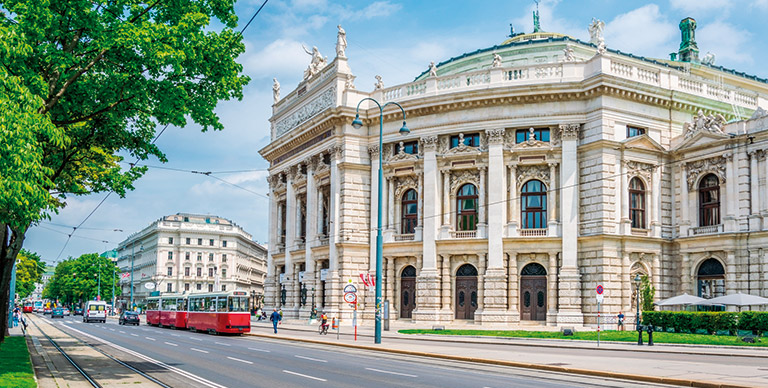
Regarded as the world’s most beautiful boulevard, the Ringstrasse is a three-mile-long street which passes Vienna’s most famous sites, including its grand palaces, spacious parks and famous museums. Built to connect the city’s aristocratic society and the suburbs, its first inauguration ceremonies were held in 1865. Discover the beauty of the Ringstrasse yourself on an included excursion, or by tram.
What food is Vienna famous for?

Schnitzel, Käsaspätzle and Viennese sausage… you can sample these traditional Austrian dishes all over the city. Vienna has been the capital and cultural centre of Austria for over a thousand years, and as such, has developed its own unique cuisine and way of cooking. It has been inspired by cuisines and customs across Europe, including German, Italian, Hungarian and French – in fact, the croissant is thought to have originated in Vienna after the defeat of the Turks in the Siege of Vienna. The city is particularly famous for its cakes and pastries, such as a warm Apfelstrudel and creamy Kardinalschnitte.
Sample Vienna’s eclectic cuisine for yourself in the cafes and restaurants you’ll pass by on your exploration. Some of the best restaurants in Vienna include Mraz and Sohn, arguably the most popular restaurant in the city, Lugeck, a modern take on a traditional wine tavern, and Bruder, which places an emphasis on the art of fermentation.
What is the currency in Vienna?
The currency in Vienna is the Euro and has been since 2002. The city isn’t a cashless society so it’s advisable to take some notes and coins with you, particularly for museum lockers and public toilets (which often come with an extra charge of €0.20-€2.)
Don’t worry if you have spare change by the end of your visit to Vienna – nineteen countries within the Eurozone share the same currency, so instead of exchanging it back to sterling, save it for your next river cruise!
There are so many exciting things to see in Vienna, and one travel guide can’t do this sophisticated, historic city enough justice – you’ll have to visit Austria’s capital for yourself on one of our Danube river cruises!
The opinions expressed are those of the author and are not held by Saga unless specifically stated.
The material is for general information only and does not constitute investment, tax, legal, medical or other form of advice. You should not rely on this information to make (or refrain from making) any decisions. Always obtain independent, professional advice for your own particular situation.
